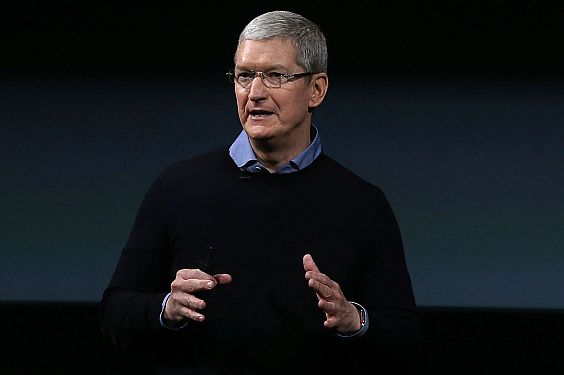
☰
BRINGING EXPERTISE IN ARTIFICIAL INTELLIGENCE AND 3D TECHNOLOGIES


Seeing as how the mobile commerce market is expected to reach $250 billion by 2020, it makes sense that small business owners are taking interest in the world of mobile commerce. Mobile commerce, or m-commerce, involves selling products through mobile apps and webpages, allowing customers to open up their phones or tablets and quickly order an item to be delivered to their home or office. It’s rather similar to that of eCommerce, but the interfaces are less complicated, and you have additional advantages as a small business (seeing as how smartphones are in your customers’ pockets). The upward trend makes complete sense, too. Think about it: Someone about to go home from work might be thinking about buying something from your online store. If they only have the option to buy through a computer they would have to wait through traffic or on the train until they get home. All of this time brings up thoughts of why they should hold off until later or not buy at all. Or they might simply forget. But a mobile app provides customers the opportunity to buy products while sitting on a train or bus, or even in the back of a car if they’re carpooling or taking an Uber. In short, the mobile commerce trend continues to grow, so let’s take a look at what to expect from mobile commerce in 2017 and beyond. We expect to see far more direct messaging features in the near future. You can already send text messages through your phone, so why not the ability for a quick live chat in a mobile app? This would come in handy after a customer makes a purchase. They may not be sure about whether or not the transaction went through. Therefore, they can send your company a quick message and receive a reply faster than email.
With voice control services like Alexa and Siri, it’s clear that some consumers would rather talk into their phone to complete tasks. These tools have proven to be rather useful, so there’s no reason to assume they won’t get integrated into mobile commerce apps. Alexa already lets you buy products by talking into a speaker, so smaller businesses could take advantage of this technology so customers don’t have to click around on your app or website
NFC, or near field communication, lets two devices communicate as long as they’re within range. Apple Wallet is a good example of this, allowing people to make payments by tapping their phone to a receiver at the register. NFC-enabled payments provide more ways for customers to make their payments, and the businesses can streamline the transaction process.

Apple CEO talks security partnership with Cisco

Android O officially becomes Android Oreo

New Omani app developers graduate Sas Centre

Salam Technologies and Augmate to bring IoT to Hajj pilgrims

New Consulting App Logs Expenses and Clients for Consultants and Freelancers